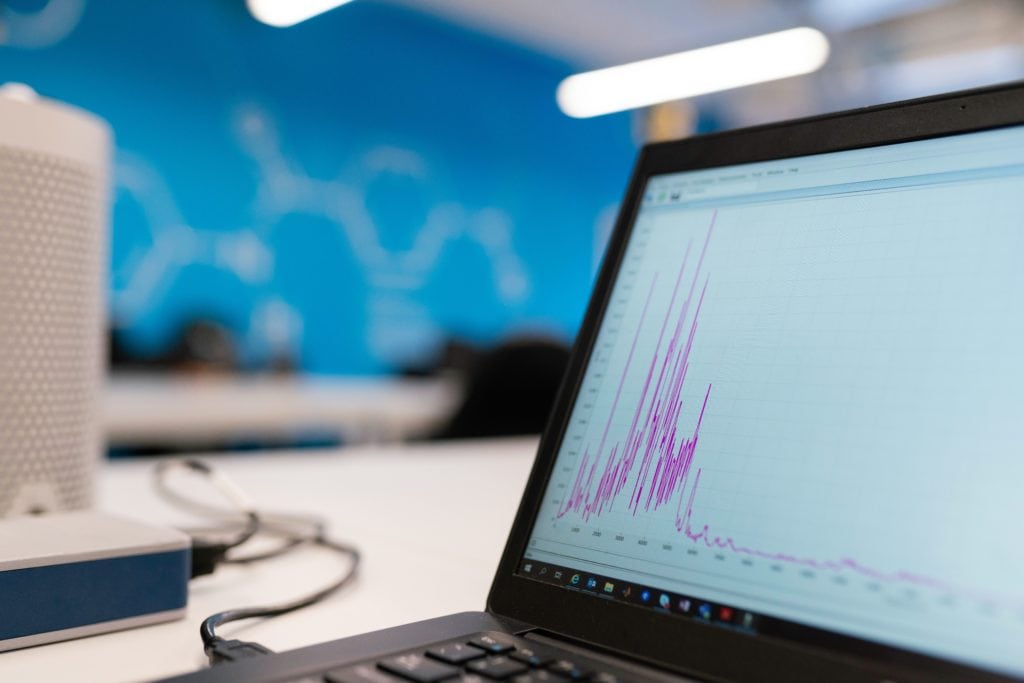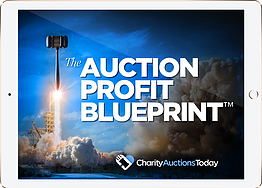DOWNLOAD The Auction Profit Blueprint
The 4 tools BIG organizations use every time to skyrocket auction profits!
The Step-By-Step Guide to stop leaving thousands on the table.
How much does live auction software cost? CharityAuctionsToday can help you understand common fees and pricing structures for auction software providers.

Live auctions are a dynamic way to sell items or services. They create an exciting atmosphere that encourages competitive bidding.
But how do you manage such an event effectively? The answer lies in live auction software.
This software streamlines the auction process. It allows real-time bidding and provides tools for managing the event.
But a key question remains. How much does live auction software cost? Can you or your organization afford it?
This article aims to answer that question. We’ll explore the factors that influence the cost of this software.
Whether you’re an auctioneer, event planner, or business owner, this guide will help you make an informed decision. Let’s dive in.
Live auction software is a digital tool designed to facilitate the management of live auctions. It provides a platform for real-time bidding, allowing participants to place bids instantly from anywhere.
The software also offers features for auction setup, item cataloging, and bidder registration. It can handle payment processing, provide detailed reporting, and even integrate with social media for promotional purposes. Understanding these functionalities is crucial when considering the cost of live auction software.
The cost of live auction software is largely influenced by the features it offers. Basic functionalities are typically included in the base price, while advanced features may come at an additional cost.
The more comprehensive the software, the higher the price is likely to be. However, not all auctions require advanced features, so it’s important to assess your specific needs before making a purchase.
Here are some common features that can affect the cost of live auction software:
Basic features of live auction software typically include auction setup tools, item cataloging, and bidder registration. These functionalities are essential for running a live auction and are usually included in the base price of the software.
Real-time bidding is another fundamental feature. It allows participants to place bids instantly during the live auction, creating a dynamic and engaging bidding environment.
Advanced features can greatly enhance the functionality of live auction software, but they often come at an additional cost. These may include detailed financial reporting, social media integration, and promotional tools.
Payment processing is another advanced feature that can influence the cost. This functionality allows for seamless transactions, making it easier for bidders to participate and for auction organizers to manage payments.
The pricing model of live auction software can significantly impact its cost. There are two main pricing models: one-time licensing and subscription-based.
One-time licensing involves a single, upfront payment for the software. This model often includes lifetime access to the software, but updates and support may come at an additional cost.
Subscription-based pricing, on the other hand, involves regular payments (usually monthly or annually). This model typically includes updates and support as part of the subscription fee.
Here are some key differences between the two pricing models:
One-time licensing can be a cost-effective option if you plan to use the software for a long time. However, it’s important to consider the potential additional costs for updates and support.
Subscription-based pricing can be more affordable upfront and includes regular updates and support. However, the ongoing costs can add up over time, so it’s important to consider your long-term budget.
In both cases, it’s crucial to understand what is included in the price and what may come at an additional cost.
It’s much more common today to pay for software as an ongoing service as opposed to something you upload once to your computer(s). Software as a Service (SaaS) often comes with similar pricing models: one-time, and subscription. However these can offer more flexibility.
SaaS companies have become more and more common as the world has become more widely connected to the internet. While there are some drawbacks to this model (you cannot access it without an internet connection, for example) for the purposes of auctions, where you want live bidding from online bidders, it is a great solution.
Beyond the base price of the software, there are often additional costs to consider. These can include setup fees, customization costs, and training fees.
Setup fees cover the cost of installing the software and getting it up and running. Customization costs apply if you need specific features or functionalities that are not included in the base software.
Training fees can apply if you or your team need assistance learning how to use the software. These costs can vary widely, so it’s important to inquire about them before making a purchase.
Several factors can affect the cost of live auction software. These include the size and scalability of the software, the level of customization and integration required, and the support and maintenance provided by the software provider.
Here are some key factors that can affect live auction software fees:
The size and scalability of the software can significantly impact its cost. Software designed to handle large auctions or scale up to accommodate growth will typically cost more than software designed for smaller auctions.
However, investing in scalable software can be more cost-effective in the long run, as it can grow with your business and adapt to your changing needs.
Customization and integration can also affect the cost of live auction software. If you require specific features or functionalities that are not included in the base software, you may need to pay extra for customization.
Similarly, if you need the software to integrate with other systems or software (such as payment processors or CRM systems), this can also increase the cost.
The level of support and maintenance provided by the software provider can also impact the cost. Some providers include support and maintenance in the base price, while others charge extra for these services.
It’s important to understand what level of support and maintenance is included in the price, and what may come at an additional cost. This can help you avoid unexpected expenses down the line.
When considering the cost of live auction software, it’s crucial to consider the Total Cost of Ownership (TCO). TCO includes not only the upfront cost of the software but also ongoing costs such as maintenance, support, and upgrades.
It’s also important to factor in any potential hidden costs. These could include costs for data migration, additional hardware requirements, or costs associated with downtime or software failures.
Understanding the TCO can help you make a more informed decision about which live auction software is the best fit for your budget and needs. It’s not just about the initial price tag, but the long-term investment. And, perhaps it goes without saying, there is little to no cost of ownership associated with using auction SaaS platforms.
Choosing the right live auction software involves more than just comparing prices. It’s about finding a solution that meets your specific needs and provides value for money.
Start by comparing different providers and the features they offer. Look for software that includes the features you need and fits within your budget.
Also, consider the provider’s reputation and customer reviews. These can give you insights into the software’s performance and the quality of customer support.
When assessing the value of live auction software, consider its potential return on investment. This includes not only the revenue it can generate from auctions but also the time and resources it can save.
Also, consider the software’s scalability. Can it grow with your needs, or will you need to invest in a new solution as your auctions become more complex or attract more participants?
Investing in live auction software is a strategic decision that can significantly impact your auction’s success. It’s crucial to consider all factors, from features to pricing, to ensure you’re making a wise investment.
Remember, the cheapest option isn’t always the best. Value for money, scalability, and long-term ROI should guide your decision.
DOWNLOAD The Auction Profit Blueprint
The 4 tools BIG organizations use every time to skyrocket auction profits!
The Step-By-Step Guide to stop leaving thousands on the table.

